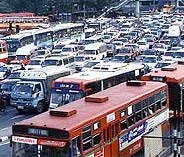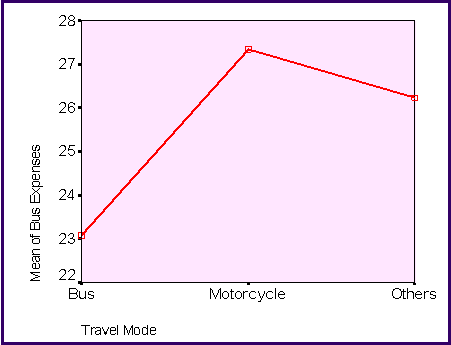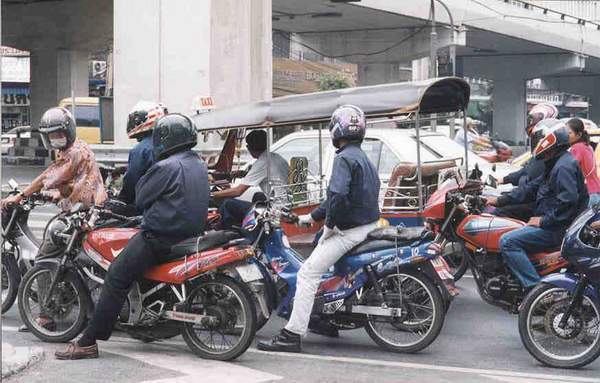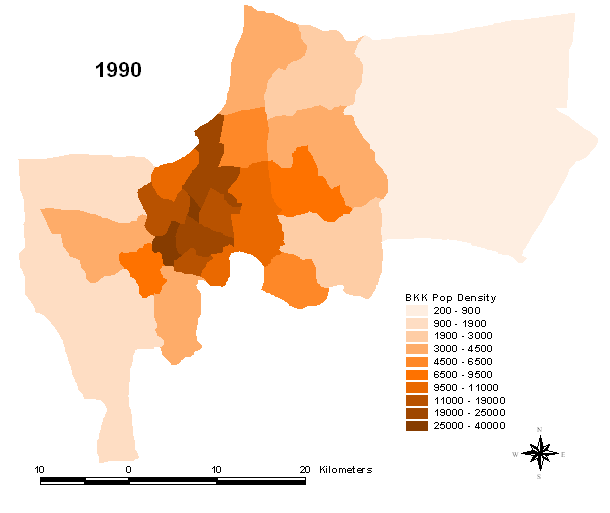
 |
 |
 |
 |
 |
|
|
|
|
The
number of motorcycles in Bangkok has grown tremendously during the past
two decades. They are widely used throughout the city and have become an
important means of travel for low-income people. However, their use has
caused several problems such as air and noise pollution and an increase
in the number of accident rates and in various respiratory problems. This
study investigates why the use of motorcycles as an urban transport option
in Bangkok has grown in popularity as opposed to bus use. Despite the negative
impacts, motorcycle use continues to increase, while bus ridership decreases
dramatically. The investigation analyzes survey data of bus and motorcycle
users in Bangkok using one-way ANOVA and binomial logistic regression to
model modal choice. Characteristics of bus and motorcycle trips such as
travel time and cost, trip frequency, origin-destination data and demographic
characteristics of bus and motorcycle users are compared. The results indicate
various factors contributing to the popularity of motorcycle use. These
include shorter travel time, greater accessibility and more flexibility
in accommodating higher trip frequency. In addition, the regression model
shows that the most important factors differentiating modal choice are
gender and trip frequency. Policies aimed at improving public transport
services and minimizing the impacts of motorcycle use on the environment
in the city and the health and safety of the Bangkok population are suggested.
These include policies to create transit use incentives such as improving
bus performance through the designation of the Right of Ways (ROW), and
promoting greater accessibility to the bus system by increasing walkability
to bus stops and integrating feeder services with bus routes. In addition,
policies to create disincentives for motorcycle use by applying Travel
Demand Management (TDM) strategies are also considered, together with enforcement
of safety and emissions regulations on motorcycle use.
|